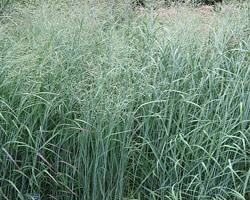Biomass Energy

Biomass is a fancy name for material from plants and animals. Some kinds of biomass can be burned to produce energy. One common example is wood.
Biomass contains stored energy. That's because plants absorb energy from the sun through the process of photosynthesis. When biomass is burned, this stored energy is released as heat.
Burning biomass releases carbon dioxide. However, plants also take carbon dioxide out of the atmosphere and use it to grow their leaves, flowers, branches, and stems. That same carbon dioxide is returned to the air when the plants are burned.
Many different kinds of biomass, such as wood chips, corn, and some types of garbage, are used to produce electricity. Some types of biomass can be converted into liquid fuels called biofuels that can power cars, trucks, and tractors. Leftover food products like vegetable oils and animal fats can create biodiesel, while corn, sugarcane, and other plants can be fermented to produce ethanol.
Cool Facts
- Energy from trees. People can get energy by burning the scrap wood that's left over after trees have been trimmed. It's an efficient way to use a resource that might otherwise get thrown away.
- Turning trash into electricity. Waste–to–energy power plants burn trash to produce electricity. They generate enough electricity to supply 1.3 million U.S. homes.